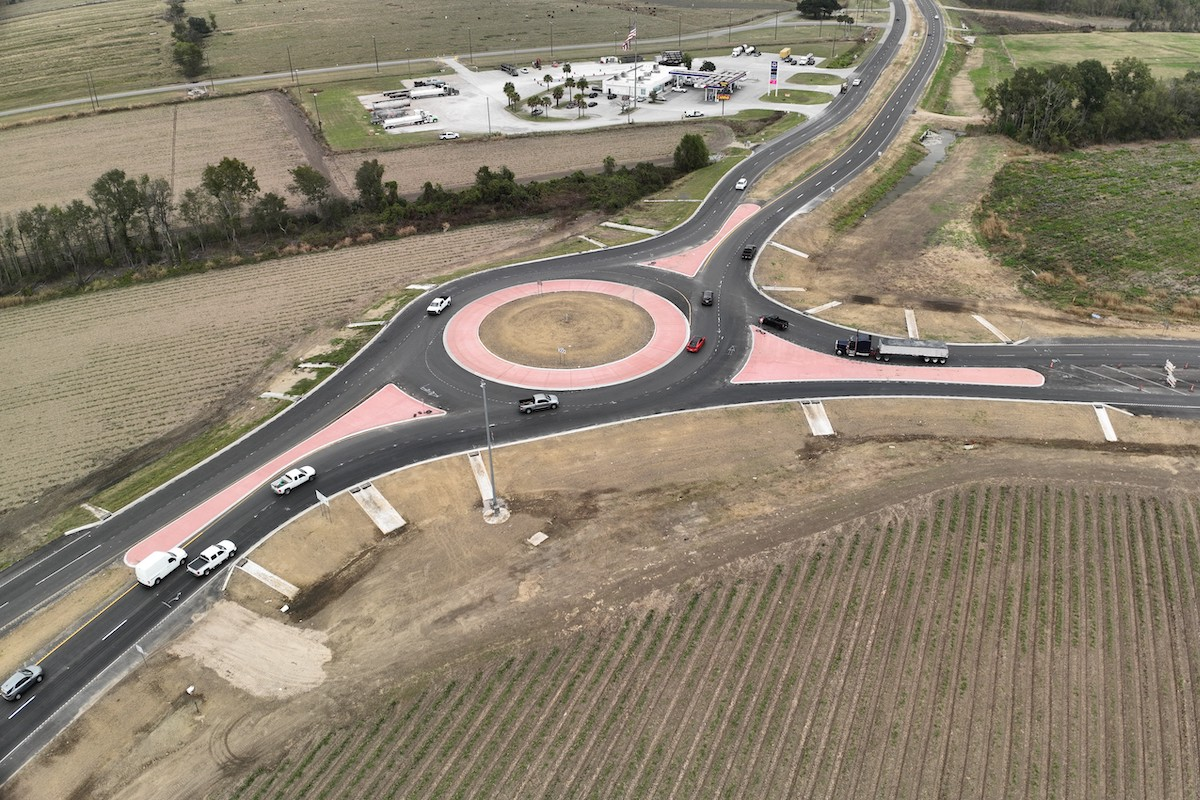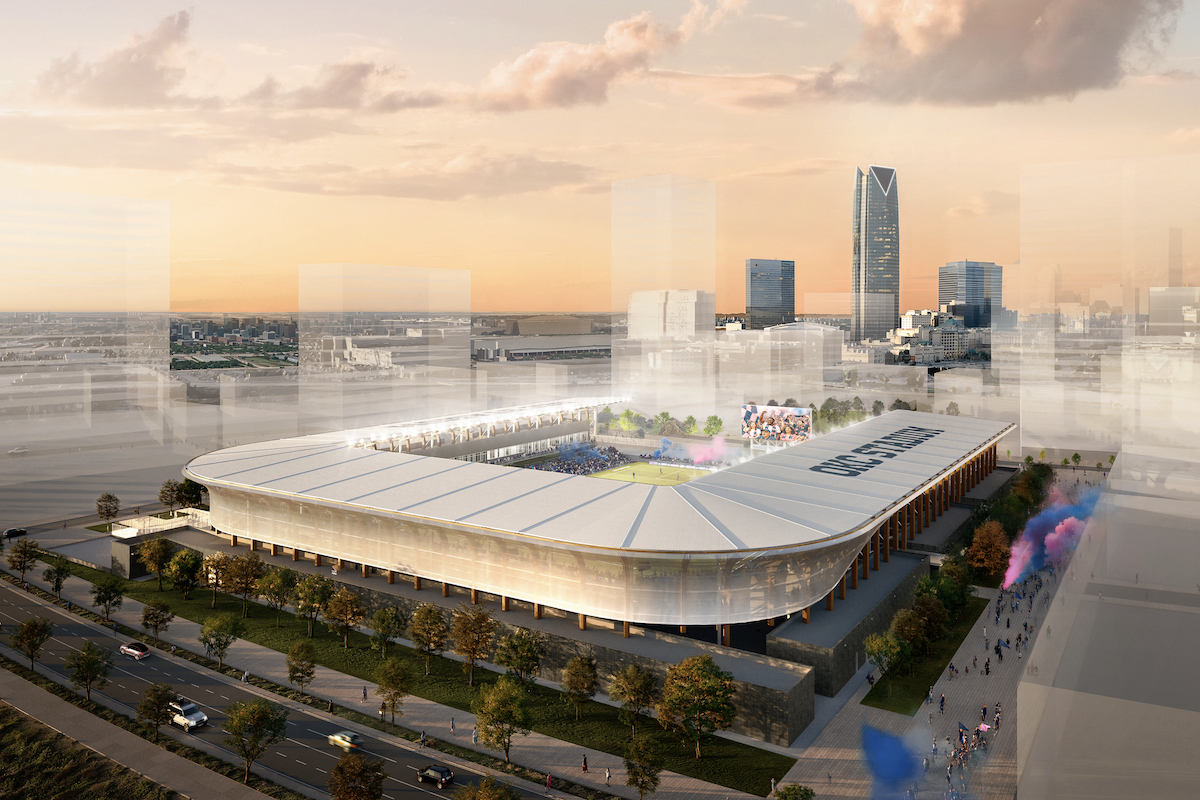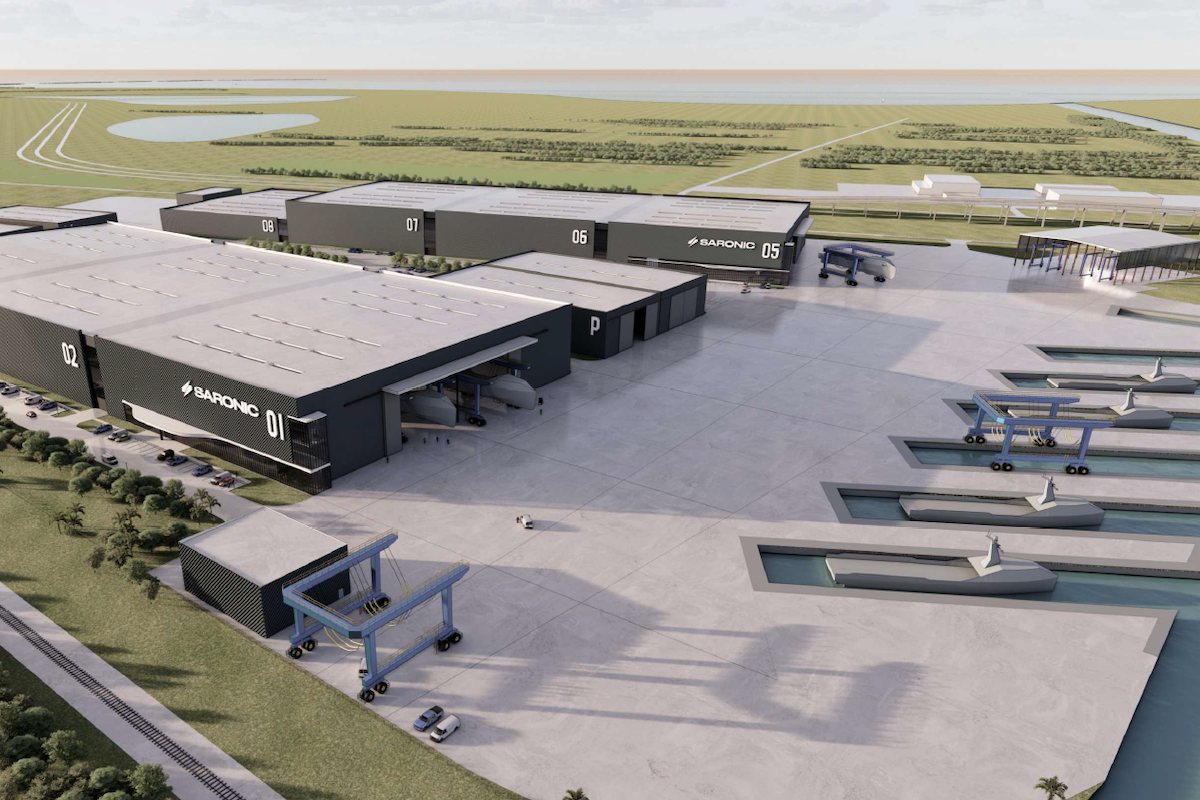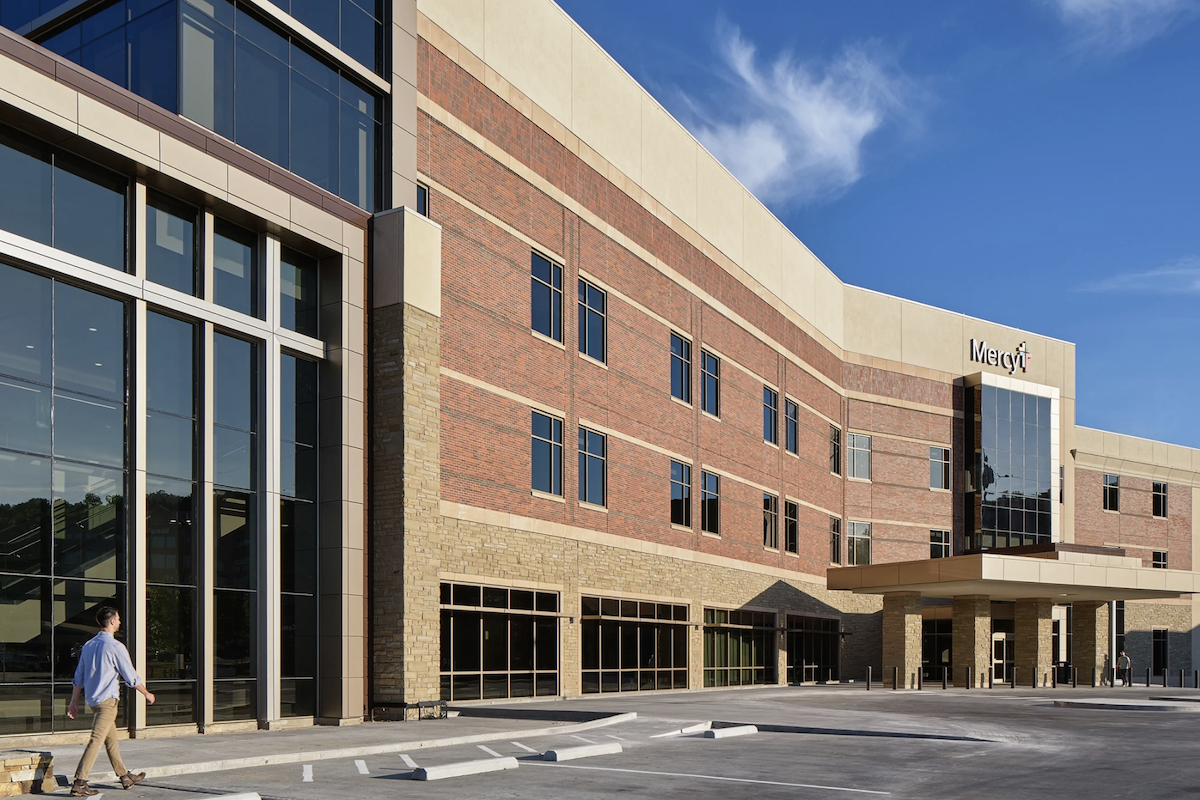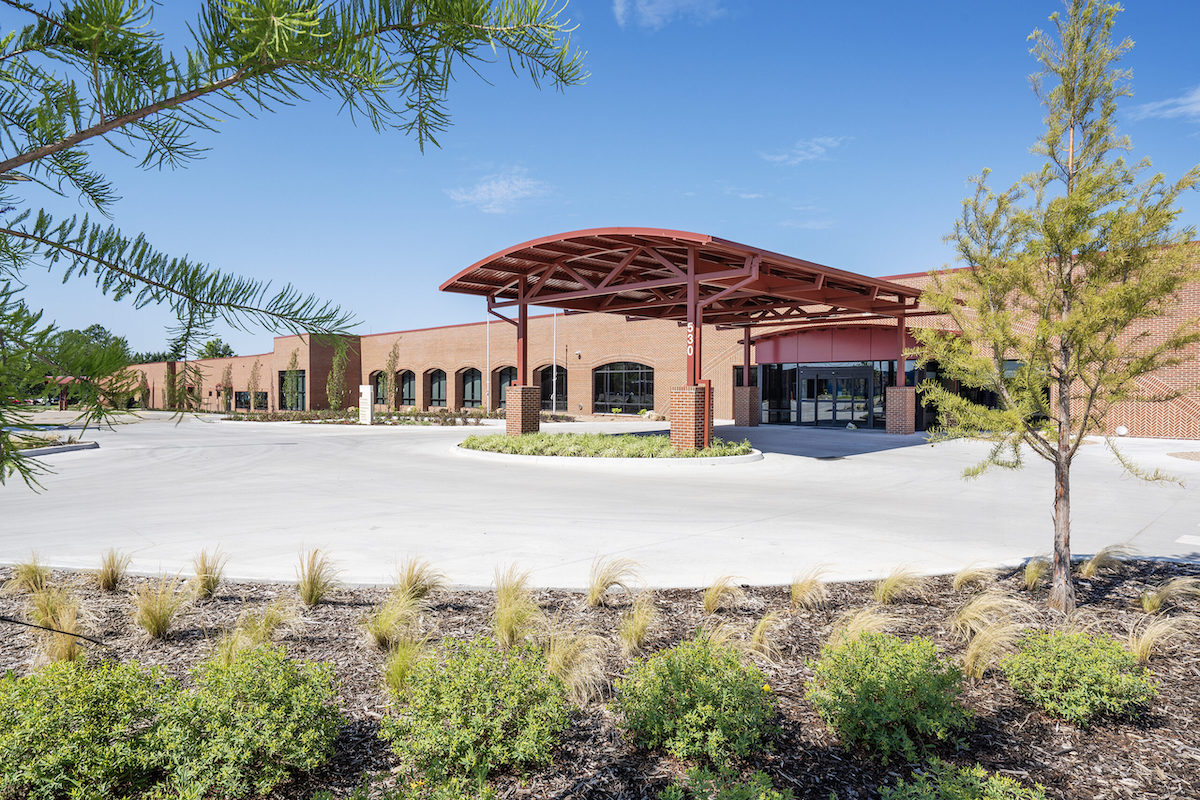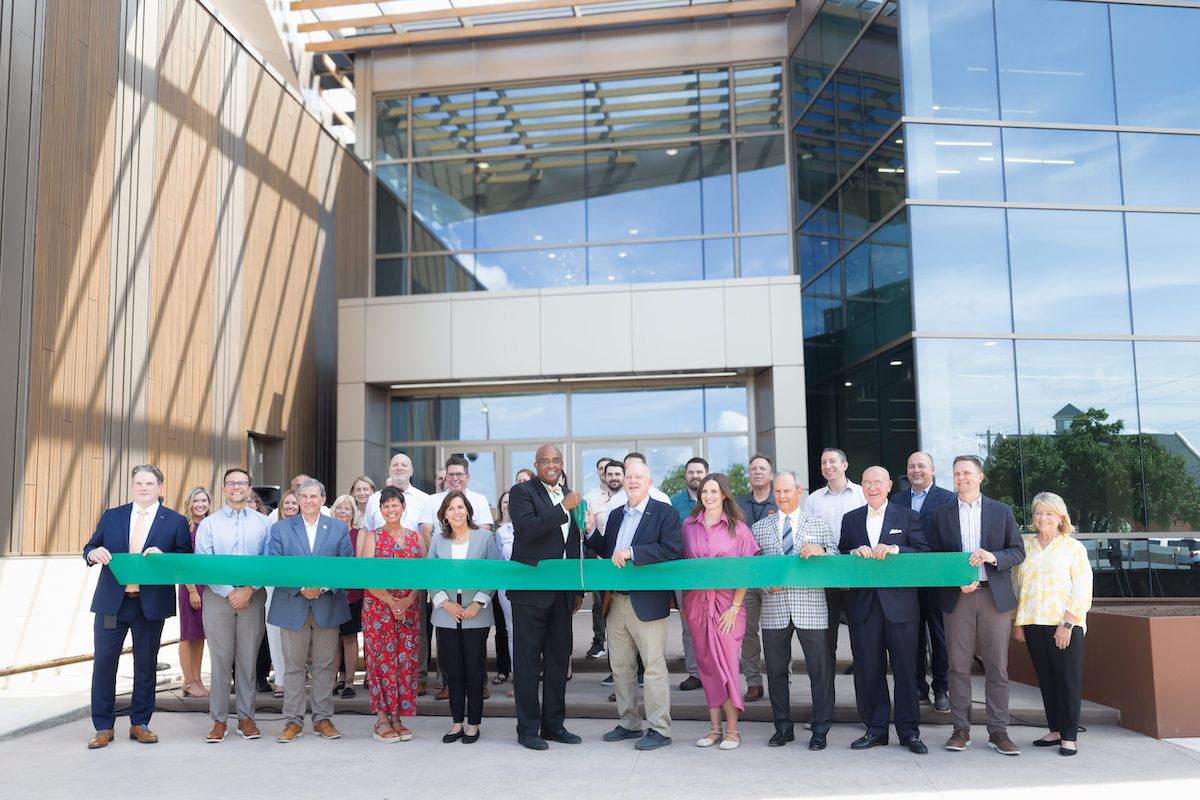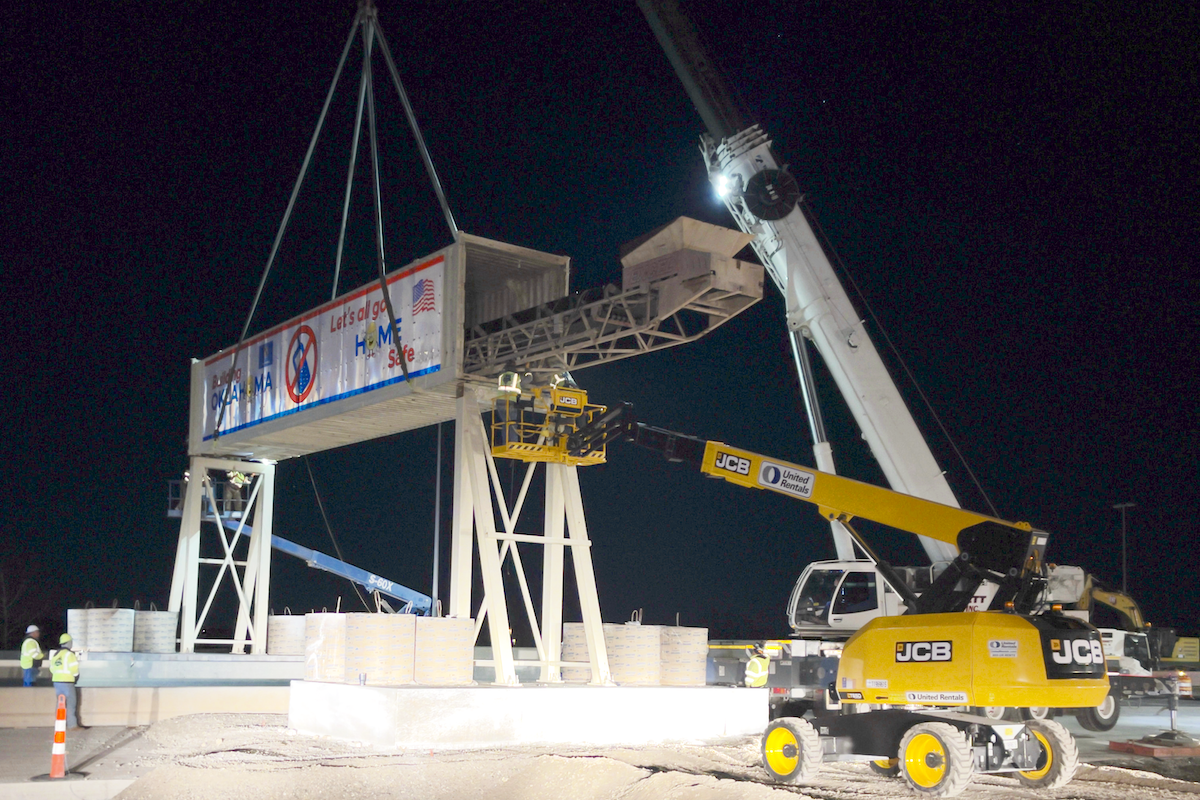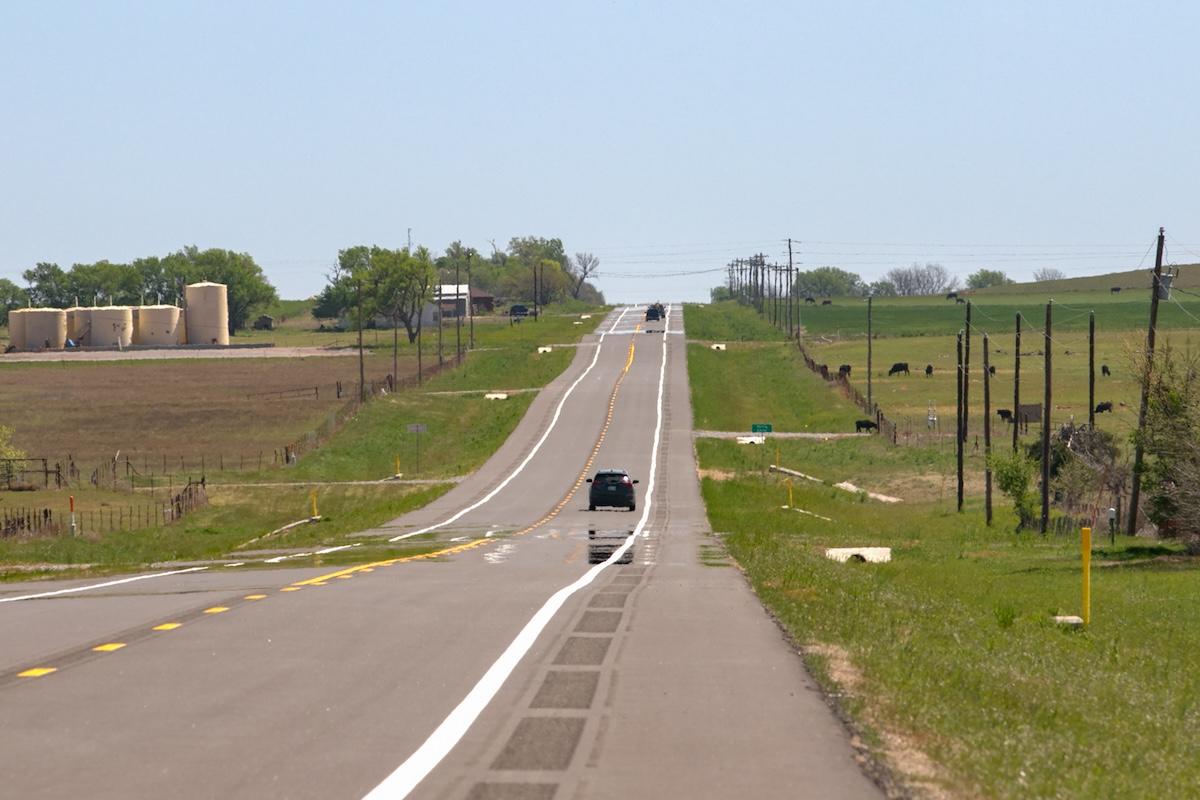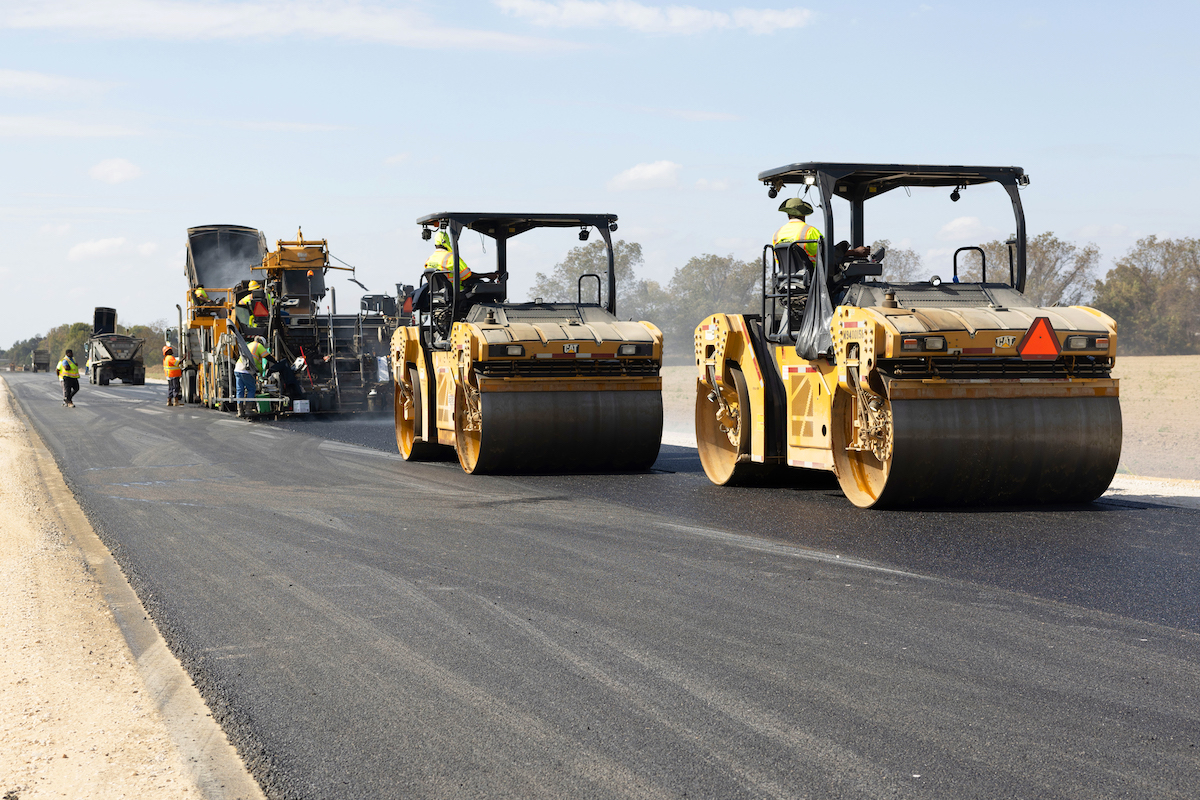“Both the U.S. 160 and U.S. 550 highway corridors see a significant amount of regional traffic,” said Julie Constan, CDOT Regional Transportation Director. “Types of vehicles include local commuter traffic, tourism traffic, and freight traffic for oil and gas, agriculture, and goods and supplies for local businesses. The current annual average daily traffic [AADT] at the U.S. 160 interchange is 26,000. The projected AADT at this location in 10 years is estimated to be 30,000 and in 20 years traffic is expected to be 33,000 — an increase of 26.5 percent. CDOT planners in collaboration with local governments and federal agencies determined the need for this project based on the projected increased travel demands on highway capacity and efficiency.
“Southwest Colorado is primarily a rural area dotted with small towns and vast public lands — the San Juan National Forest, Mesa Verde National Park, and four national monuments. The region includes the only two Indian Tribal Nations in Colorado — The Southern Ute Indian Tribe and the Ute Mountain Ute Tribe. The city of Durango, located just north of the highway project, is the regional hub for shopping, restaurants, and health services.”
CDOT is the project owner. Lawrence Construction Company and RS&H, Inc. were selected as the construction contractor and design team for this design-build project, which began construction in July 2020 and is anticipated to be completed in late spring 2024. The project cost is $98.9 million. Funding sources for the project include: the State of Colorado (approved by Transportation Commission); CDOT Region 5/Southwest Colorado Funding; a U.S. Department of Transportation FASTLANE grant (awarded to La Plata County); the Colorado Department of Local Affairs - Energy & Mineral Impact Assistance Funds; Southern Ute Growth Fund/Southern Ute Indian Tribe; La Plata County; and the City of Durango.
- Continuous and uninterrupted traffic flow: “The connection project will realign U.S. 550 directly into the existing U.S. 160 interchange, eliminating the current 550 ‘Farmington Hill’ with its steep grade and curvy alignment, greatly improving roadway geometry and traffic flow. Travelers will experience smoother and more consistent traffic flow on the new alignment without the disruptions caused by traffic back-ups at the current traffic signal present at the junction of these two major highways. These improvements are crucial for ensuring efficient and safe transportation of people and goods through this vital transportation corridor.”
- Elimination of Farmington Hill: “Once traffic is diverted onto the safer alignment with improved roadway geometry, the current U.S. 550 Farmington Hill segment — which has been prone to treacherous, icy roadway conditions and closures due to winter storms — will be completely eliminated.”
- Removal of signalized intersection: “With Farmington Hill eliminated, the existing intersection and traffic signal will be removed at the base of the hill. Intersections create a higher risk of crashes. We expect the crash rate to decrease significantly with vehicles utilizing the new continuous-flow interchange, rather than the signalized intersection with stop-and-go traffic.”
- Wildlife mitigation features: “The project includes wildlife highway mitigation features, which will reduce animal-vehicle collisions.”

| Your local Komatsu America Corp dealer |
|---|
| WPI |
| Kirby-Smith Machinery |
The newly constructed U.S. 550 is a complete realignment of the existing highway. The divided four-lane realignment connects U.S. 550 to the existing U.S. 160 interchange and includes: over 1 mile of new four-lane highway; two bridges — one 550 feet long, 150 feet high and the other 250 feet long, 50 feet high; an 800-foot-long, 20-foot-high retaining wall adjacent to the new U.S. 550 northbound alignment; and a two-lane roundabout tying into the existing U.S. 160 interchange bridge.
The existing U.S. 550 has been widened and improved. Components of the project along this widened stretch include:
- Construction of 3.3 miles of two new lanes, which now allows U.S. 550 four lanes of capacity and ties into the existing four lanes at County Road 302
- Construction of acceleration and deceleration lanes at County Road 220
- Construction of new accesses and frontage roads
- Construction of new driveways — all with deer guards — into residences and businesses
- Installation of approximately 8 miles (4 miles on each side of U.S. 550) of 8-foot-tall wildlife fencing
- Construction of two large mammal underpasses (32 feet wide by 14 feet tall)
- Construction of more than 30 small mammal underpasses (each averaging 4 feet in diameter)
Wildlife-vehicle collisions account for 56 percent of all crashes along this 3-mile stretch of U.S. 550, CDOT Program Engineer Kevin Curry pointed out.
“The project’s wildlife safety features are expected to reduce those wildlife-vehicle collisions by 85 percent, promoting safer travel for motorists. ... A busy highway can be a barrier to wildlife movement,” Curry said. “The two underpasses, along with the 8-foot-tall wildlife fencing, will help big game find their way across the road as they move seasonally in search of grazing range, water, and mates. The structures will improve safety for our state’s wildlife — animals like mule deer, elk, and bears. The 4 miles of fenced corridor are also equipped with wildlife escape ramps on each side of the highway. These are earthen ramps installed and cut into the fencing, allowing large animals an exit from the highway right of way into pasture or range land, should they get caught on the roadway.”
The construction team is currently paving, putting waterproofing on the new bridges, and completing concrete work on U.S. 550 from 160 south to County Road 220, according to Bob Cline, Lawrence Construction Design-Build Project Manager.
“Once this work is complete, CDOT will open U.S. 550 to full traffic,” Cline said. “Our efforts will then focus on taking Farmington Hill off-line. Crews will also be working to complete the small mammal crossings along U.S. 550 and paving driveways. The project will be substantially complete in mid-June, with some of the Smart Traffic Control elements falling in place as the supply chain catches up.”
“By using the design-build process, our team was able to stretch CDOT’s funding,” Lawrence said. “We proposed the inclusion of an additional element from CDOT’s request for proposals — the widening of an additional 3.3-mile section of U.S. 550 south of their planned project area. This allowed us to offer the state and its taxpayers significant additions to the project.”
“We began construction of the new alignment north of CR 220 to enable our construction route to access the two gulches, where the bridges would be built,” Cline said. “While bridge construction was underway, we were simultaneously constructing the new northbound lanes south of CR 220, while traffic continued, uninhibited, on the existing U.S. 550 lanes. We then switched the two-lane, head-to-head traffic onto the new northbound lanes and began reconstruction of existing U.S. 550, which has now become the new southbound lanes. We will connect the new alignment with the U.S. 160 interchange in early May. Once we switch traffic onto the new four-lane highway, we will remove and revegetate the old U.S. 550 grade down Farmington Hill.”
The three greatest challenges on this project were the unexpected navigation of COVID-19, utilities, and the potential hazards related to U.S. 550 traffic, where local traffic had to regularly cross through the work zone, according to Lawrence Construction Chief Operating Officer Dave Morris, who was on site during the project’s inception.
“The project required the excavation of 1.2 million cubic yards of material along the new alignment,” Morris said. “The removal of the earth material allowed for the construction of the roundabout that connects the existing U.S. 160 interchange bridge to the new U.S. 550 alignment. Approximately 900,000 cubic yards, or 75 percent of the excavated material, was reused for road-base along the entire 4.4-mile project stretch. At peak excavation times, almost 200 trucks a day transported the material away from the roundabout site to other areas of the project. This construction strategy reduced the amount of material to be excavated from CDOT’s original conceptual design by 1 million cubic yards and was a significant cost savings to the project. Reducing the material to be excavated, repurposing material on site, and the notable use of local resources contribute to the project’s sustainability.”
CDOT and the project team have made public outreach a priority. A dedicated public information manager has provided regular and timely updates to residents and property owners along the project corridor. The manager has also served as a communications liaison between affected property owners and the construction and design team.
The U.S. 550-U.S. 160 Connection South Project will support economic vitality for southwest Colorado and neighboring states. The two U.S. highways are critical commercial truck routes that provide significant freight mobility for oil and gas, agriculture, tourism, and other industries. The newly connected interchange will ensure safe and reliable travel for vital goods and services to and from New Mexico and the Four Corners region.
“The project will also provide local commuters with enhanced connectivity, improved mobility, and reduced travel times to a new urban core, the Three Springs community, which includes the regional hospital, police department, retail and business district, and residential neighborhoods,” Constan said.






















